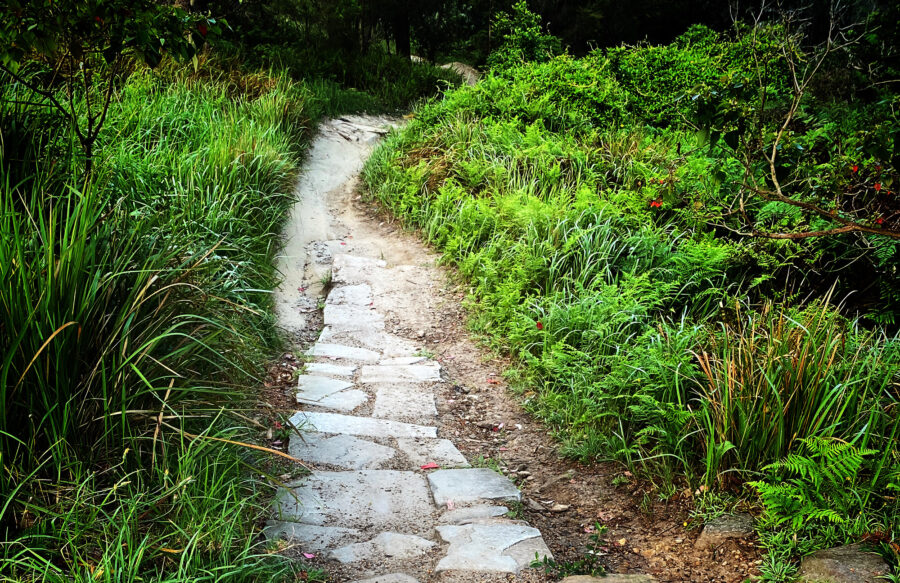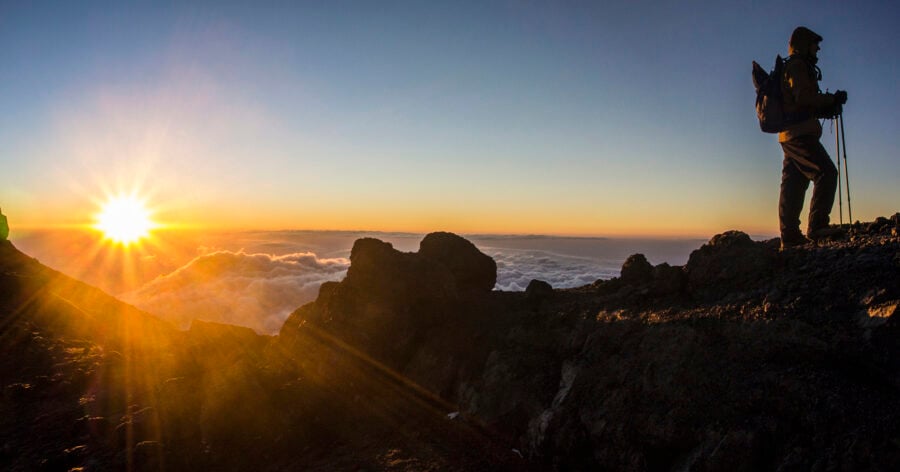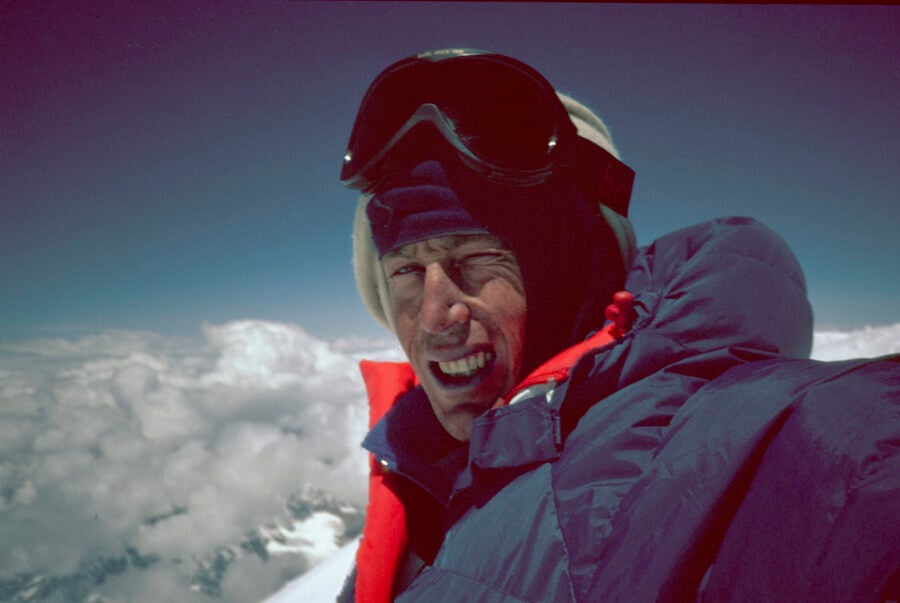Road trip: Tasmania
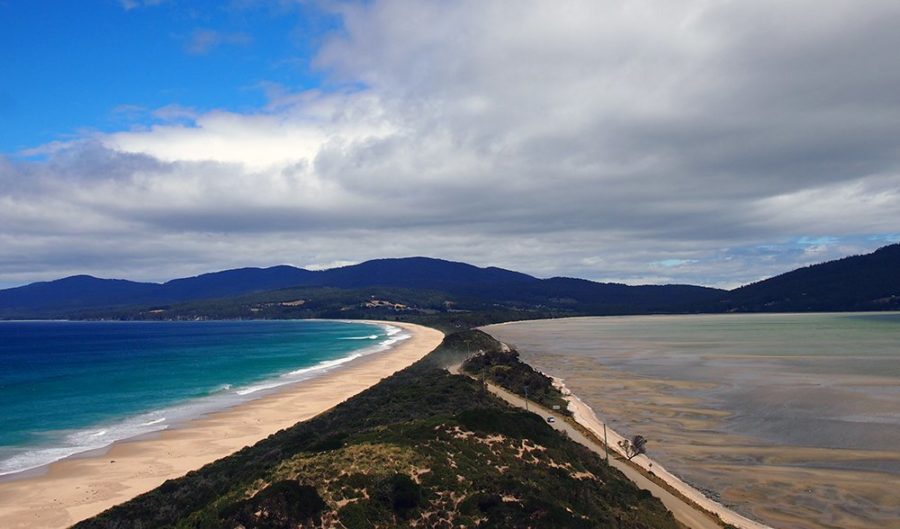
WE’D BEEN DEBATING about where to go during the summer holidays, considering a road trip through the US, a beach holiday in Samoa and backpacking in Belize, before deciding to combine all of the above in a trip around the east coast of Tasmania. We figured we could fly down with some clothes in our backpacks and a tent and our sleeping bags jammed into a suitcase, and sort the rest out later… our only plan was to bounce around the coastline, making sure we got at least one walk and a swim in every day.
When the first two of us landed in Launceston, with four hours to spare before our third mate arrived, we picked up the rental car – more spacious and fancy than we’d anticipated – and headed out on a supply trip. We visited Kmart (pillows, camp chairs and a table), Ray’s Outdoors (a portable butane camp stove, air mattresses and a pump), Kmart again (plates and tea-towels), Coles (mugs and enough food to see us through the week ahead) and Kmart once more for good measure (we’d forgotten saucepans).
We’d pre-booked a camping spot in Low Head, about 50 minutes north of Launceston, for our first night, drawn by the lure of penguins. We picked up the third musketeer from the airport and an hour later we were so set up that we’d even dropped coldies into the cooler bags zipped onto the arms of our new camp chairs. We ate dinner quickly, chatting with fellow campers, before heading up to nearby Low Head Coastal Reserve to join in the nightly penguin tour.

Around 200 little penguins come ashore every night at Low Head between November and February, with other populations spread around the coastline – there’s no shortage of opportunities to meet penguins in Tassie! There are strict rules in place at Low Head to protect the birds, and the tour begins with a safety talk, and lots of facts about the penguins and the history of the local area. We watched the penguins swim to shore in small groups, preening safely near the rocks and then scurrying across the beach to their chirping young, lingering as long as we were allowed.
The next day we broke camp and drove through George Town and on to Bridport where we stopped to walk through the beautiful wildflower reserve that makes up part of the
Granite Point Conservation Area. We spotted a pair of red-necked wallabies watching us from the safety of the scrub before we headed back to the car. We moved on through St Helens, stopping for a fortifying toastie, before driving on to Dora Point at Humbug Point Reserve, a free camping area between St Helens and Binalong Bay, where we spent the afternoon swimming and scrambling around the rocks.
We were up and at it early again the next morning, taking a quick dip at Binalong before breakfast, and a last look at the mighty sweep of the Bay of Fires, before heading south to Freycinet. There are drive-in camping spots in Freycinet National Park, but they were all booked out, having been allocated in a ballot back in August. We headed for the local Big 4, and despite the No Vacancy sign, snagged a powered site for a couple of nights.
It’s easy to lose a few days at Freycinet. There’s a multitude of walks, including short family-friendly half-hour loops, up to the longer three-day Freycinet Peninsula Circuit, as well as myriad other activities such as swimming, kayaking, abseiling, surfing and mountain biking. We bought a 24-hour park pass and spent the first day working through some of the short walks, visiting Tourville Lighthouse, Sleepy Bay and Honeymoon Bay, where we stopped to spend a few hours swimming and enjoying the sun, before heading back to make burritos over the camp stove and get some sleep.
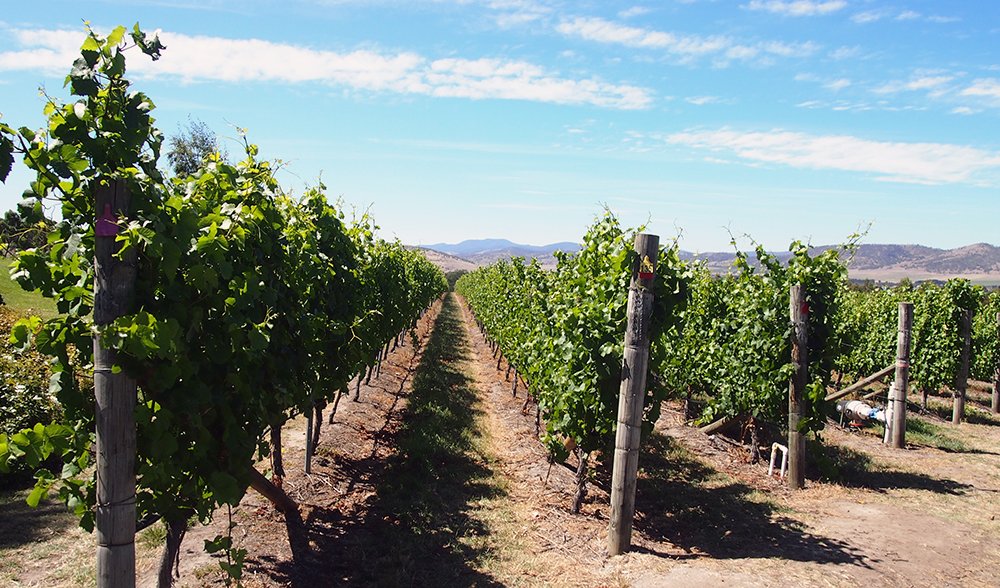
I made everybody get up early the next day to the gentle pit-a-pat of rain on the tent so that we could get a head start on the crowds heading to Wineglass Bay. After a quick bakery stop, we headed back into the national park under clearing skies, beginning the 1.3km ascent up to the Wineglass Bay lookout that’s perched between The Hazards, Mt Amos and Mt Mayson. The next 2.5km winds steeply down from the lookout to the beach, every single step adding to our wariness of the return climb. That fear melted away when we hit the beach and shucked our sweaty hiking clothes, running across the wide, white, crystalline sand into the swell.
We had tossed up taking Hazards Beach circuit back – a flatter, scenic walk around the base of Mt Mayson – but with time ticking on our 24-hour park pass we had to climb out the way we’d come in. Taking it at our own pace, we slowly separated, leaving everyone to their own thoughts – trying not to glare at the kids and trail-runners who bounced past us, or gloat too obviously as we overtook other walkers. We made it back to the carpark, sweaty and proud, and drove straight to the takeaway place at Coles Bay, rewarding ourselves with a large bag of hot chips.
When we’d originally sketched out our route on the back of an envelope, we’d planned to head to Maria Island next – a wild, mountainous national park with no cars or shops. We’d changed our mind though, after arriving in Tassie, and had opted to shoot straight across the south-western corner and spend a night on Bruny Island. We started the 2.5-hour drive as early as we could, reaching Kettering in time to catch the 10.30 ferry.
When we’d settled on Bruny, we’d booked a site at a private camping spot in Cloudy Bay, down the south end of the island. After stopping at Bruny Island Cheese Company for an early lunch, we drove to the Neck, where we’d planned to climb out to the lookout. The parking options were limited – the only spot left for us an awkwardly angled spot between the scrub and a ledge that I was terrified of reversing the rental car off. We started creeping our way towards it, under the watchful eye of an older couple parked next to us, millimetre by millimetre. After a few nerve-wracking minutes, the gentleman started hollering helpfully through the window – “Forward, forward… you’re barely moving… you’re literally barely moving!” Grateful for his help and embarrassed to my core, I said thanks and bolted up the lookout for a very brief glance over the isthmus before making the speediest exit I’ve ever made from such a beautiful vantage point.
Pushing on, we wound our way down through Alonnah and Lunawanna to the lagoon where we were staying. This private parcel of land, which can handle up to about 18 groups at once, sits between Cloudy Bay and the lagoon, so it was a beauty of a spot to while away the afternoon, donning our wetsuits to brave the cool water on the beach side, before heading to Bruny Island pub back in Alonnah for a delicious meal – far beyond the calibre of anything we had proved capable of cooking on the burner.
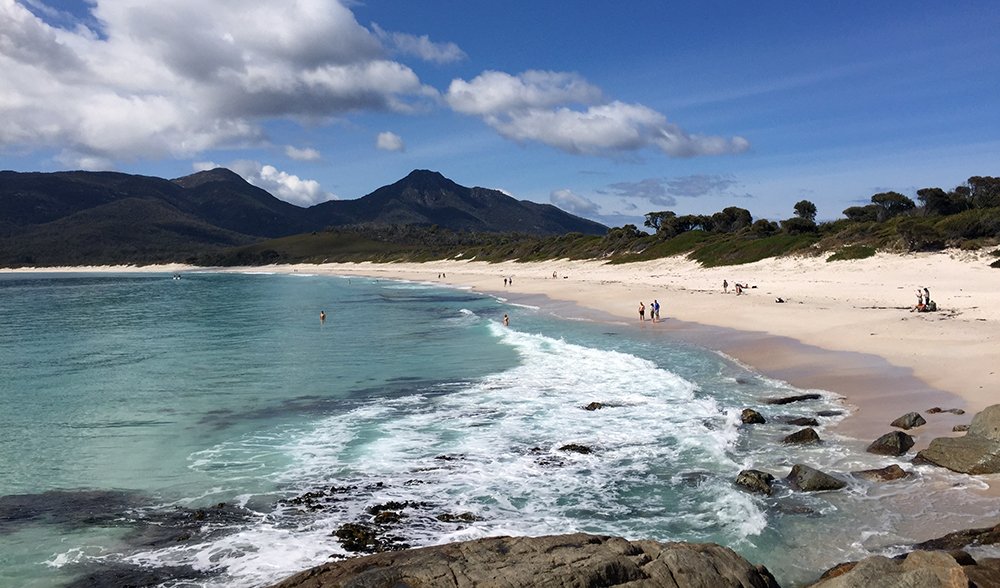
Back at camp, we had a stack of firewood waiting and we built our little tepee shape and stuffed it with kindling and then set about hopelessly trying to get it to catch in the wind. After maybe five minutes of watching us fumble, a neighbouring camper came across with his blowtorch to put us out of our misery – not the first or last time during the trip that we were grateful for well-prepared travellers ready to land a hand, or a hammer. With the memory of the pub meal still tingling our tastebuds, we cleaned off the camping grime once more and followed our noses to Frogmore Creek Winery the next day, the 2015 Tasmanian Restaurant of the Year. After tasting as many fantastic dishes as we could, and finishing a bottle of wine, we left the vineyard and headed for our next stop – the idyllic riverside town New Norfolk, just outside Hobart and rich in convict history. We camped underneath willow trees alongside the Derwent and spent the afternoon resting (our full bellies), leaping from the jetty with local kids and taking the scenic walk alongside the river. We also undertook a sneaky campsite search to find a group of campers that looked under-resourced, offering them our cooking supplies, chairs and mattresses – an arrangement that thrilled both parties.
After dropping off our supplies with them the next morning, we repacked our tent and sleeping bags back into their suitcase and headed into Hobart. Deciding to take some time out for ourselves, we divided – Sam caught the ferry to MONA, Dimity headed to the cinema to see Star Wars, and I took a flying tour of the local whisky cellar doors. We spent the night, our last in Tassie, trading notes over dinner at the raucous New Sydney Hotel and rehashing our favourite moments over drinks at the intimate Sullivans Cove bar.
The next day we loaded the car for the final time, and drove straight up through the midlands (with only one emergency turn off the main road because we were in desperate need of breakfast), making it back to the airport with time to spare before our flights left. In eight days, we’d covered more than half of the Tassie coastline. Now we just need to get back and explore that western coast.
